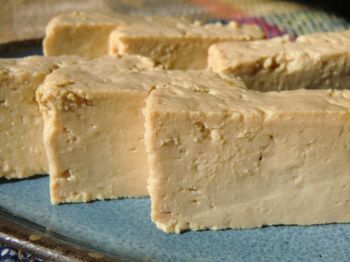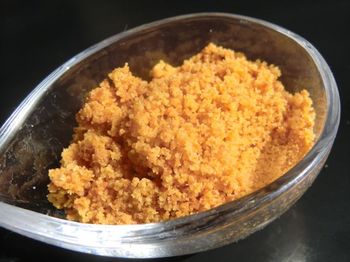Yuzu Cake Vegan Japanese School Lunch 柚子餅 学校給食 [Recipes, Winter 冬レシピ]
日本語のレシピは ビーガン、ベジタリアン情報満載の Hachidory から ご覧下さい。
It’s the midst of yuzu season in my town now.
Yuzu is the yellow color citron which has a unique fragrance.
It might be most appropriate to translate to “Japanese lemon” as like lemon, it is also too sour to eat just as it is, and usually its juice and peels are used for cooking.
I use yuzu for almost every meal during this season.
When I drink herb tea, I squeeze the juice from the halved yuzu to the cup.
When I make the vegetable pickles, I add the peels and juice.
The morning miso soup also has some peels of yuzu.
It is absolutely refreshing taste and aroma for many adults, but I heard from many children and young people that they do not enjoy Yuzu.
The young lady whom I came to know recently told me that the school lunch during this season was always not a pleasant one for her because Yuzu was added to the dishes and that experience made her away from Yuzu even after she finished schooling.
I wonder if you have ever seen the scenes of Japanese public-school lunch time. It is often praised by people around the world as the meals are nutritionally balanced consisting of variety kinds of vegetables and ingredients, and those menus are prepared by professional dietitians who belong to each school.
Typical school lunch
Lunchtime is not only to eat the nutritious meals, but it is the time to learn the disciplines such as cooperation and manners. (Lunchtime includes the preparation and tiding up process. )
As the lunch sometimes introduces the menus of other countries, children learn other countries’ culture as well as Japan’s different regions' culture during lunchtime.
Wow! wonderful, isn’t it ?
But actually it is not so.
This is the picture that I took when my son was in primary school 12~13 years ago.
Like her, there are kids who don’t enjoy the school meals.
For some kids it can be even a challenging time.
The biggest disadvantage of school lunch is “milk”, which is provided everyday. (You can see the milk package is on the tray in all the pictures above.)
There is a strong belief that milk is very nutritious and good for children, providing sufficient calcium and other nutrients.
I have heard from the school dietitian that their pivotal work for making school lunch menu is the calculation. Calculation of nutrients.
It is not easy to create the menus which provide sufficient nutrients especially calcium when they follow the guidelines.
But if they add a package of milk to it, the figures easily tally with the chart.
Another reason is that the government needs to support milk industry.
The custom of providing milk to children in primary schools was initiated by the government after the world warⅡ. It was meant to give nutritional food to children, but it was also to utilize the powdered milk in mass scale. Those powdered milk was imported to Japan from the US as US had too much excess milk at that time and needed to export.
I heard it is not a must nowadays to drink milk as long as the parents provide the letter to school to state that the child is allergic to it.
But it was a must until decades ago so it was a hell for those children who detest it. I still remember my schoolmate’s sad face when he was scolded by the teacher for not drinking milk.
I know even now some children drink it reluctantly.
More and more I research on cow’s milk, it is revealed that it has more disadvantages than advantages for our health and it is also creating huge problems environmentally and ethically.
May be I got off track from today’s topic ?
Let me come back to the introduction of my yuzu recipe now.
Of course, if you do not enjoy Yuzu, don’t dare to follow the recipe exactly and replace it with other citron fruit!
Vegan Chocolate Cornflakes チョコフレーク [Recipes, Winter 冬レシピ]
日本語のレシピは ビーガン、ベジタリアン情報満載の Hachidory から ご覧下さい。
What do you do on Valentine’s Day ?
Give the presents to your loved ones ?
Or have a lovely dinner with your family ?
When my kids were small, it was the happiest day of the year for me.
I used to run a restaurant when I lived in Singapore, and we offered a special Valentine set on this day.
The restaurant was always a full house and the regular customers came in with their loved ones.
Lots of pink hearts were floating in the air, which made me happy too.
I thought how fortunate I was to be able to offer such a special moment for them.
When I was back home late night, my kids were already sleeping.
I knew that their hand made cards were waiting for me on my desk.
When I opened them, the unskillful characters, “I love you mommy.”, popped into my eyes.
“Oh my! ”, they deeply touched my heart.
Back to Japan after over 20 years absence for me during this season, and first living experience for my kids other than holidays, we found the Valentine's Day in Japan is very unique and interesting.
(It was not publicly celebrated during my younger days.)
It is the day that the girls and women give chocolate to the boys and men.
Many girls spend hours to make their original chocolates to give them away to their friends on this date, many women spend their money to buy the chocolates for their co-workers no matter they like them or not.
There was a new word, “Giri choco” which literally means “obligatory chocolate” and practically means the chocolate for any men no matter one likes him or not.
After observing this custom for a few years, I found that Valentine's Day is not a happy day but is a burden to some of both women and men when they work in the companies.
For me Valentine's Day is the day to pass the message not to buy chocolate indiscriminately.
“Eat and consume the food that are grown locally and seasonally.” is the principal of leading healthy and sustainable life.
Buying and eating chocolate is something opposite to this.
The ingredients of the chocolates can not be produced in our region and all of them are imported from overseas, many are from economically poor countries.
It has been revealed that the chocolate trade is violating the human rights and many children are suffering in order to produce the chocolate for the pleasure of people around the world.
You can learn more about chocolate in here.
In fact the chocolate is not the only product that is causing the problems.
So many kinds of foods from all over the world are easily available at the supermarkets.
If it is something rare and expensive, it might not be so bad, but if the thing is sold cheap or easily available all the year round and if those things are imported from the limited so to be called developing countries, there is high possibility that this state may be creating the problems to those nations on individual basis, also to the habitat and environment.
Here's another example, I had been thinking why the bananas were sold so cheap and were available all the year round in Japan though our country was not producing them. The bananas are sold not only in Japan but in most of the developed countries all the year round in very reasonable price though those countries also cannot produce the bananas.
How many countries can produce them and how many countries are growing them in a big scale for export ?
As I suspected, I found the suffering of people, animals and lands from the banana production and trade too.
Our choice of food gives the huge impacts on human rights, animal rights and environment as well as on our health.
It is sensible for us to eat locally, seasonally and eat those exotic food on special occasions only.
Having emphasized the importance of eating locally and seasonally, I am introducing a chocolate recipe today, as it is a good opportunity to pass this message on Valentine’s Day to your friends, co-workers and families.
Maybe you can enclose the message card with the chocolate to tell them what you have learnt.
When you buy the chocolate for this recipe, get the one of the “Fair Trade” from the responsible companies, and make sure it is vegan and does not contain dairy.
Vegan Ramen Tomato Flavor ビーガンラーメントマト味 [Recipes, Winter 冬レシピ]
日本語のレシピは ビーガン、ベジタリアン情報満載の Hachidory から ご覧下さい
Happy Lunar New Year !
Do you know what year 2020 is in zodiac ?
It is the year of the rats /mice.
Last year was the year of the pig and I wrote about a happy pig and sad pigs.
Unfortunately, I have not heard about a happy mouse in my surroundings.
I always wonder why the animals are so exploited by humans though they are often portrated as our friends in the kids’ books.
Look at the infants and kids’ corner of the library and book shops. If you pick up a book at random, the probability of you find the adorable pictures of the animals is very high, perhaps nine out of ten books have the picture of the animals.
Many of the characters are animals who are personified.
Children love those animals and get affectionate to them, and so do their parents when they read those books for their kids.
The rats, the cows, the tigers, the rabbits, the dragons, the snakes, the horses, the sheep, the monkeys, the chickens, the dogs and the pigs….(I wrote in the order of zodiac)
They are different species, but all of them feel the pain and joy, have affection and mothers want to protect their kids. In that sense we are same.
Children learn this fundamental fact from the books and become affectionate to these animals.
However in some stages, children are guided to believe that animals are different from us, their position is lower than humans so it is not wrong to let them work for humans.
It is the circle of the nature.
In order to live and protect our lives, it is all right to make them feel pain and even kill them.
This is very sad, and
This is wrong.
I want to nurture children’s pure and sacred feeling towards the animals.
I want them to keep that beautiful affection and compassion till they are grown up without being succumbed to adults’ value that it is all right for humans to control other animals.
So last for a few years, I’ve been trying to make more opportunities to read Kamishibai story – Japanese traditional story telling with the big pictures- to pass this message to the kids. After reading, I listen to their feelings and thoughts, and give further talk to them.
How did you find the pictures of the mice that I showed you in the beginning?
They are the pictures of the mice who visited my home last year.
Aren’t they adorable ?
Mice visitors are nothing rare in the old houses in Japan.
And it is common to catch them in the glue traps and discard them in the dust bins.
The glue traps are very cruel making mice panic and struggle to get out of there, their skin and tails are often torn and they have to spend hours with pain and agony till they finally can die.
So never use the glue trap when you want to get rid of them !!
Vegan Mochi Shabu Shabu ビーガン餅しゃぶしゃぶ [Recipes, Winter 冬レシピ]
So we surely need to be nice to the piggies, especially this year.
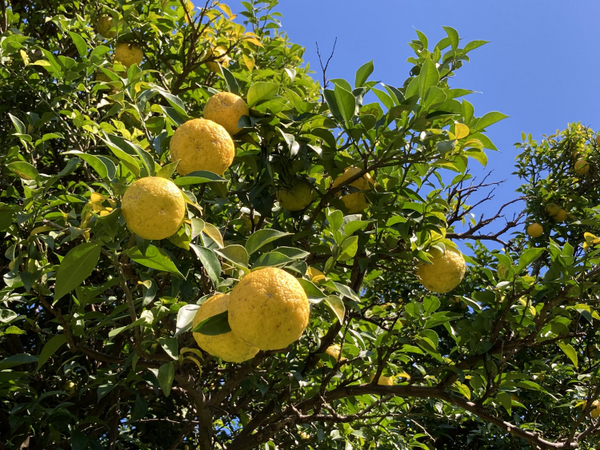
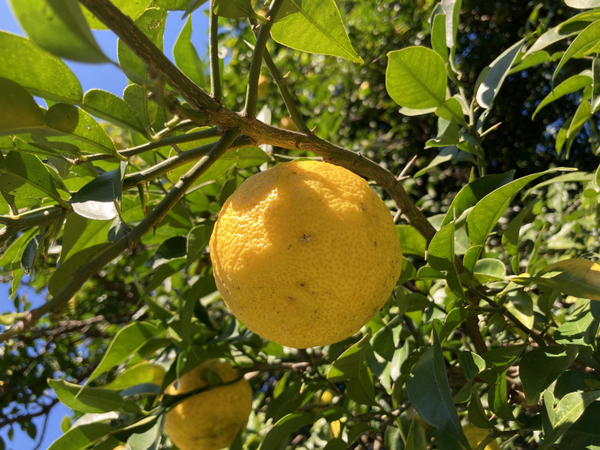
_00001-d0701.jpg)
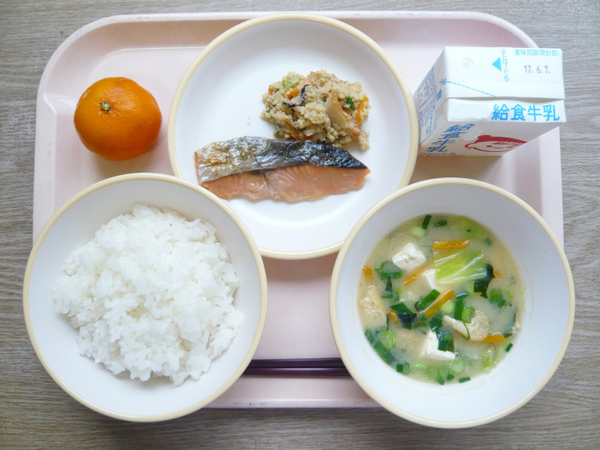
-7b598.jpg)
_00001.jpg)
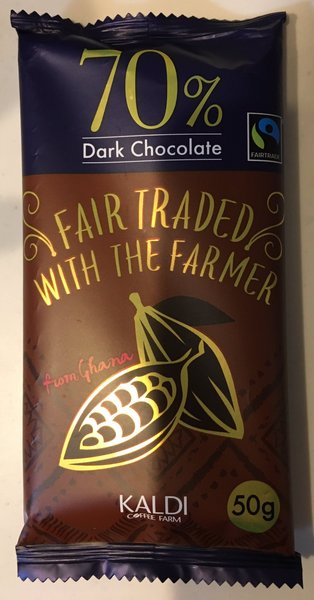
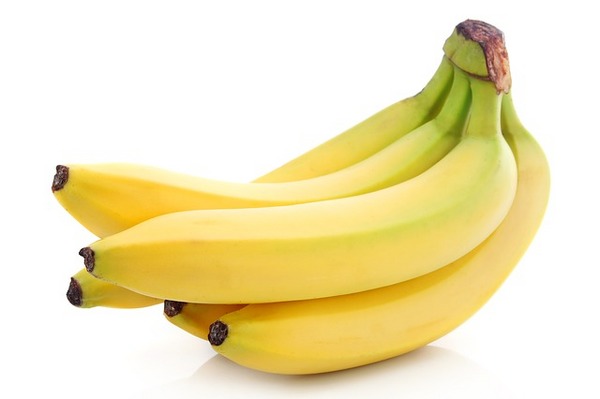
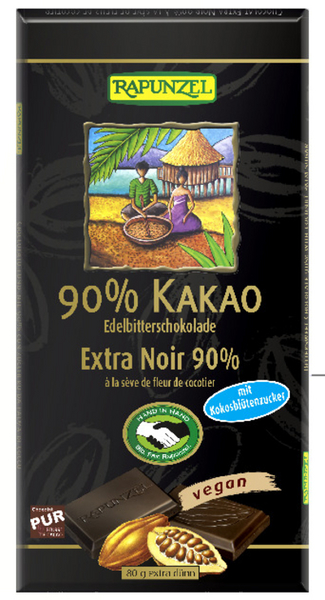
_00001.jpg)
_00001-0a138.jpg)
.jpg)
20editted.jpg)

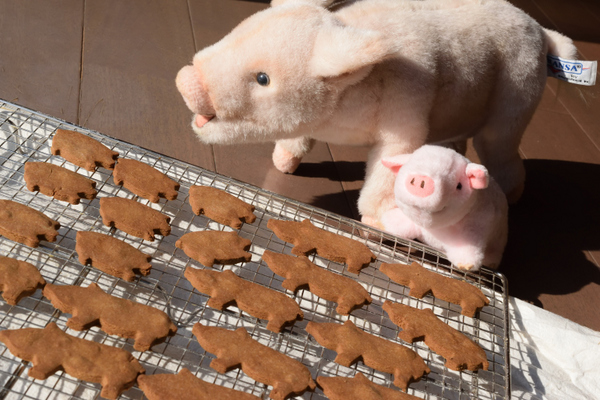
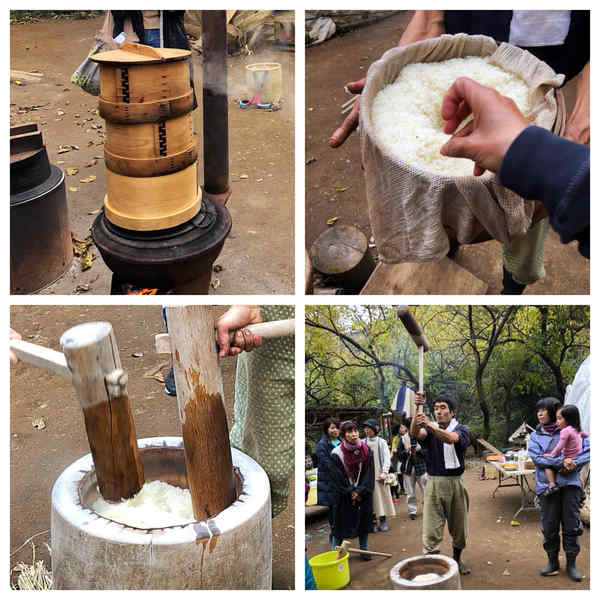
_00001.jpg)
_00001_01-4241d.jpg)
.jpg)
.jpg)
.jpg)
.jpg)
20750x562.jpg)
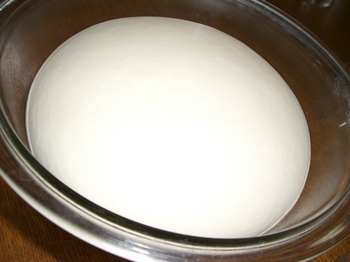
20750x.jpg)
